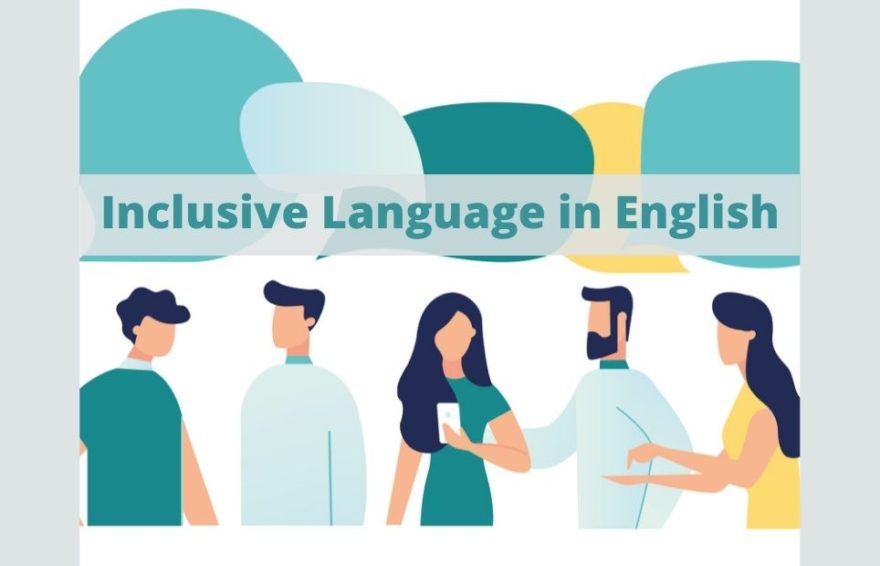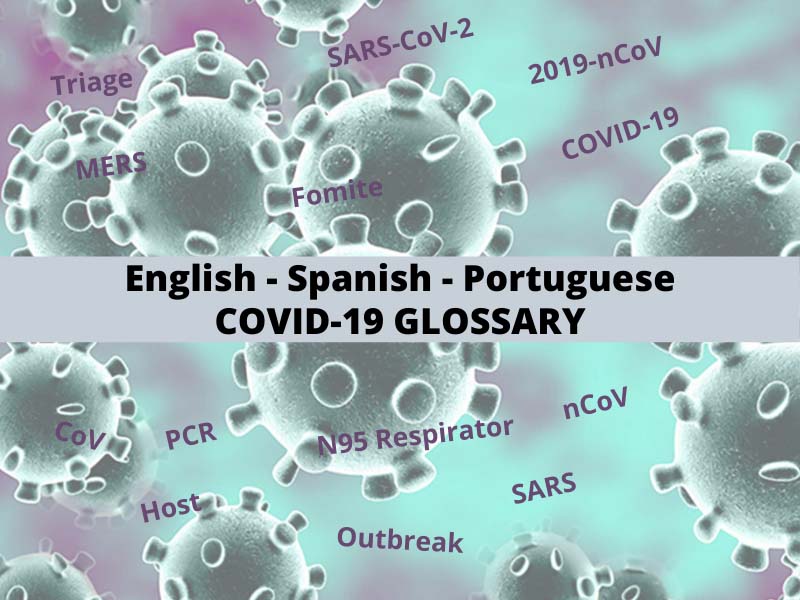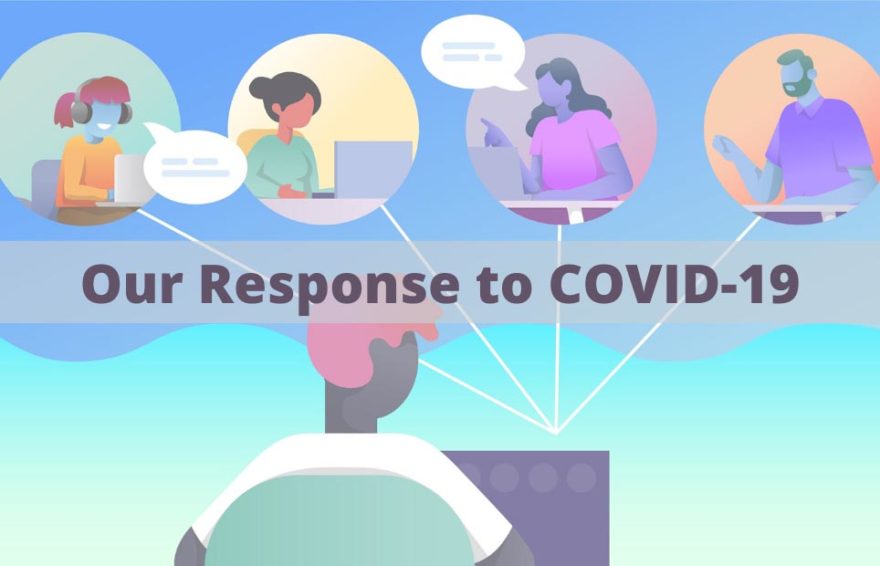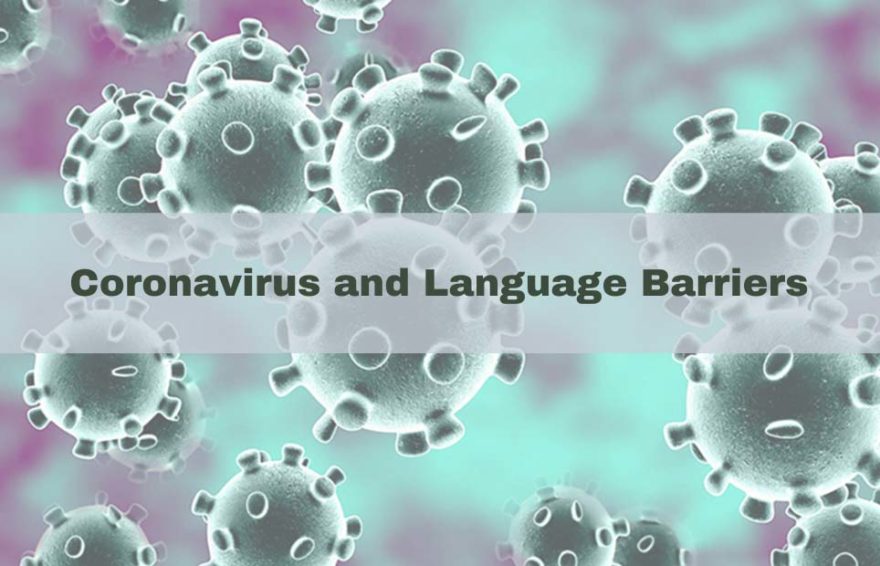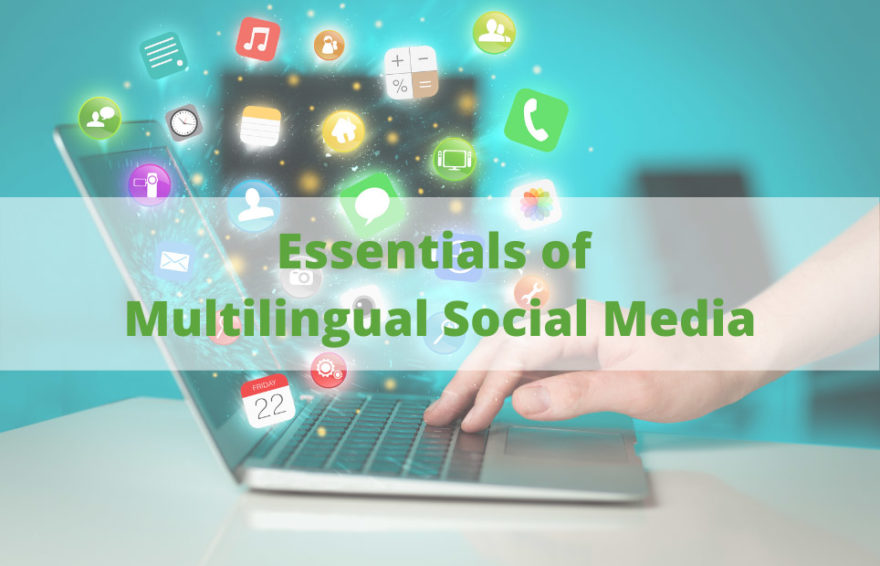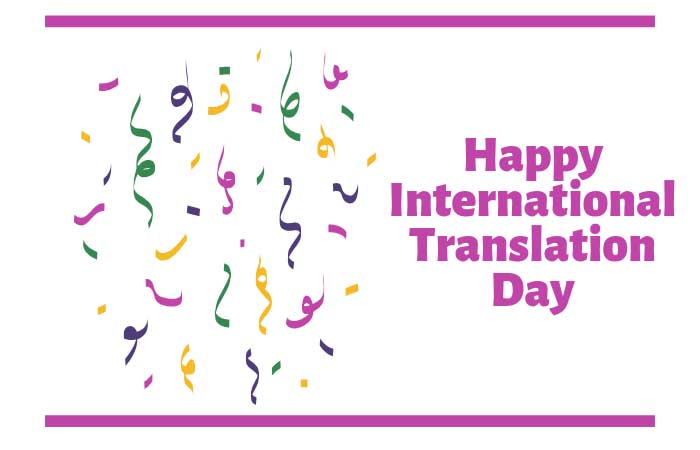In the global healthcare landscape, effective communication is paramount for ensuring optimal patient care and well-being. However, the linguistic diversity within patient populations poses a significant challenge for healthcare providers. This is where translation agencies emerge as crucial allies, providing comprehensive language solutions to bridge the communication gap and facilitate the seamless translation of healthcare content. Let’s delve into the ways in which a translation agency can effectively assist in translating complex healthcare materials.
Understanding the Complexity of Healthcare Translation:
Healthcare translation involves a complex amalgamation of medical terminology, cultural sensitivity, and regulatory compliance. Translation agencies possess the expertise to navigate this intricate landscape, ensuring accurate and culturally nuanced translations of a wide array of healthcare materials, including medical records, patient education materials, pharmaceutical documentation, and regulatory compliance documents. By tapping into their pool of skilled translators and subject matter experts, language service providers ensure that every translation accurately reflects the medical nuances and cultural sensitivities specific to the target audience.
Ensuring Cultural Sensitivity and Language Proficiency:
Cultural nuances and language proficiency play a pivotal role in effective healthcare communication. Translation agencies leverage their cultural and linguistic expertise to ensure that healthcare content is not just translated accurately but also adapted to resonate with the cultural and linguistic preferences of the target audience. This approach fosters a deeper level of patient engagement, trust, and understanding, thereby enhancing the overall patient experience and promoting better health outcomes within diverse communities.
Navigating Regulatory Compliance and Quality Assurance:
Adherence to regulatory guidelines and maintaining quality standards is non-negotiable in the healthcare industry. Translation agencies play a critical role in ensuring that translated healthcare content complies with industry-specific regulations and meets the stringent quality benchmarks set by regulatory bodies. By implementing robust quality assurance measures, including meticulous proofreading, editing, and multiple rounds of review, these agencies guarantee the accuracy, consistency, and reliability of healthcare translations, safeguarding patient safety and upholding the credibility of healthcare providers.
Utilizing Advanced Translation Technology:
The integration of advanced translation technologies is instrumental in streamlining the healthcare translation process. Translation agencies leverage state-of-the-art translation management systems, computer-assisted translation (CAT) tools, and artificial intelligence (AI) to enhance the efficiency and accuracy of healthcare translations. These technological tools not only expedite the translation process but also ensure terminological consistency, linguistic precision, and cost-effective solutions, enabling healthcare providers to deliver timely and culturally relevant healthcare information to diverse linguistic communities.
Customizing Translation Solutions for Diverse Healthcare Needs:
Language service providers recognize the diverse communication needs of healthcare providers and offer customized translation solutions tailored to specific healthcare requirements. Whether it’s translating patient forms, medical reports, clinical trial documentation, or healthcare marketing materials, translation agencies employ a personalized approach to cater to the unique linguistic and cultural demands of the healthcare sector. By offering a comprehensive suite of translation services, including document translation, interpretation, localization, desktop publishing and multilingual marketing, translation agencies empower healthcare providers to communicate effectively and compassionately with patients, regardless of their language or cultural background.
Fostering Long-Term Collaborative Partnerships:
Language service providers prioritize building long-term collaborative partnerships with healthcare institutions, fostering trust, transparency, and open communication. By understanding the evolving translation needs of healthcare providers, these agencies offer dedicated account management, round-the-clock customer support, and continuous linguistic guidance to ensure seamless and effective healthcare communication. The cultivation of enduring partnerships enables translation agencies to serve as trusted advisors, offering strategic insights, customized language solutions, and proactive support to navigate the complexities of multilingual healthcare communication.
In an increasingly diverse and interconnected healthcare landscape, the role of translation agencies in facilitating effective communication cannot be overstated. By combining linguistic proficiency, cultural sensitivity, advanced technology, and a commitment to regulatory compliance, they serve as vital partners in enabling healthcare providers to transcend language barriers, deliver patient-centric care, and promote equitable access to healthcare information. As the healthcare industry continues to evolve, translation agencies remain at the forefront of fostering inclusive and effective healthcare communication, ultimately contributing to improved patient outcomes and the delivery of compassionate, culturally sensitive healthcare services on a global scale.
With over 20 years of experience in healthcare and medical translation, Transpanish is a trusted leader in the field. Our services extend beyond translation to include editing, proofreading, desktop publishing (DTP), and multilingual social media management, ensuring accurate and visually appealing healthcare communication. Contact us for a free consultation.





